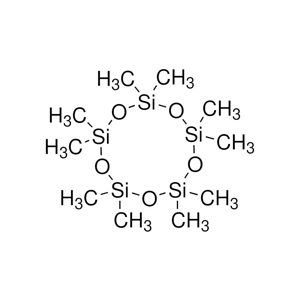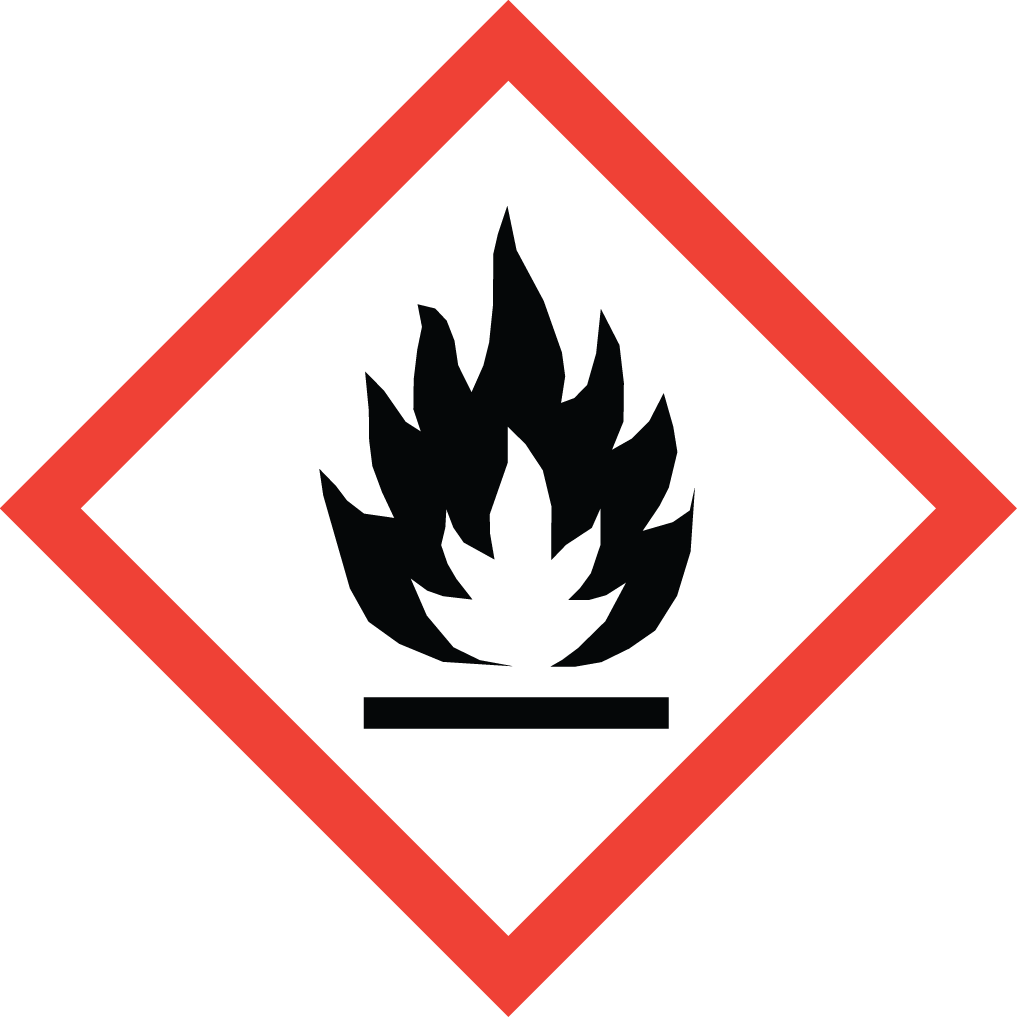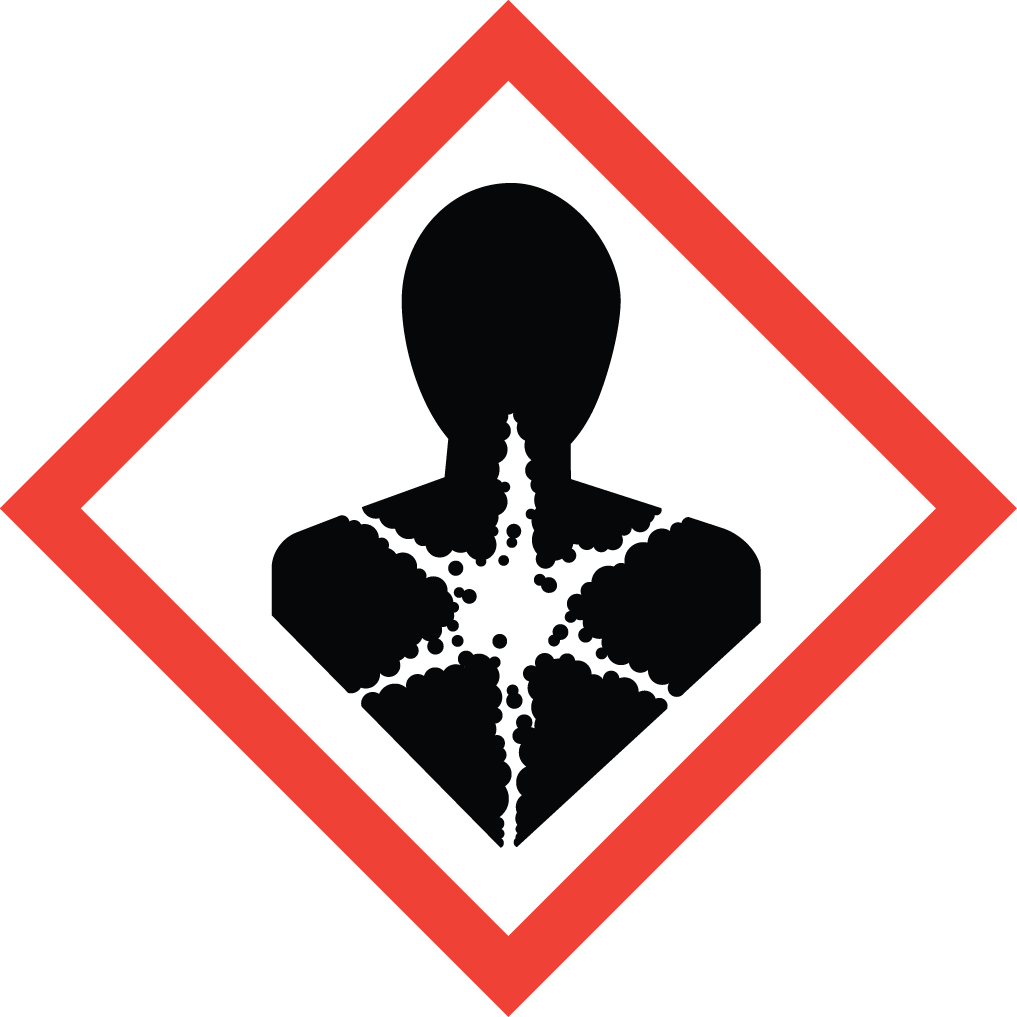Aure Chemical Delivers Excellence in Decamethylcyclopentasiloxane (D5)
Decamethylcyclopentasiloxane (D5), often simply called Cyclopentasiloxane, is a key member of the cyclic silicone family. With the chemical formula [(CH₃)₂SiO]₅, it is composed of five dimethylsiloxane units arranged in a stable ring structure. D5 presents as a clear, colorless, odorless, and highly volatile silicone fluid. Its unique attributes, including superior spreadability, a pleasant non-greasy feel, and residue-free evaporation, make it an indispensable ingredient in a wide array of personal care and industrial formulations.
Basic Information of Decamethylcyclopentasiloxane
| CAS No.: | 541-02-6 |
|---|
| EC No.: | 208-764-9 |
|---|
| Linear Formula: | [(CH₃)₂SiO]₅ |
|---|
| Molecular Weight: | 370.77 |
|---|
| Appearance: | Transparent Liquid |
|---|
| Melting Point: | -44°C |
|---|
| Boiling point: | 90 °C/10 mmHg (lit.) |
|---|
| Density: | 0.958 g/mL at 25 °C (lit.) |
|---|
| Volatility: | Highly volatile, evaporates quickly and cleanly without leaving residue. |
|---|
| Sensory Feel: | Imparts a light, smooth, and non-greasy feel. |
|---|
| Solubility: | Miscible with a wide range of organic solvents, but insoluble in water. |
|---|
| Spreadability: | Excellent spreading properties on skin, hair, and other surfaces. |
|---|
| Stability: | Chemically inert and highly stable under various conditions. |
|---|
| RIDADR: | UN 1993 / PGIII |
|---|
| Chemical Structure: |  |
|---|
Applications of Decamethylcyclopentasiloxane (D5)
Decamethylcyclopentasiloxane (D5) is prized for its versatility and sensory benefits, leading to its extensive use across numerous applications:
Why Choose Aure Chemical's D5?
Choosing Aure Chemical as your supplier for Decamethylcyclopentasiloxane (D5) means you benefit from:
Superior Purity: We provide high-purity D5, crucial for consistent performance and sensory attributes in your finished products.
Consistent Quality: Our rigorous quality control processes ensure every batch meets the highest standards, delivering reliability you can count on.
Reliable Supply: With robust manufacturing capabilities and efficient inventory management, we guarantee a stable and timely supply to meet your production demands.
Dedicated Technical Support: Our team of experts is readily available to offer in-depth product information and technical guidance to optimize your formulations.
Hazards Classification
GHS Classification: Flammable Liquid (GHS02), Health Hazard (GHS08), Environmental Hazard (GHS09)
Hazard Statements: Flammable liquid and vapor; suspected of damaging fertility or the unborn child; very toxic to aquatic life with long lasting effects.
UN Number: UN 1993
Hazard Class: 3 (Flammable Liquids)
Packing Group: III
 GHS02: Flammable
GHS02: Flammable GHS08: Health hazard
GHS08: Health hazard GHS09: Environmental hazard
GHS09: Environmental hazard
